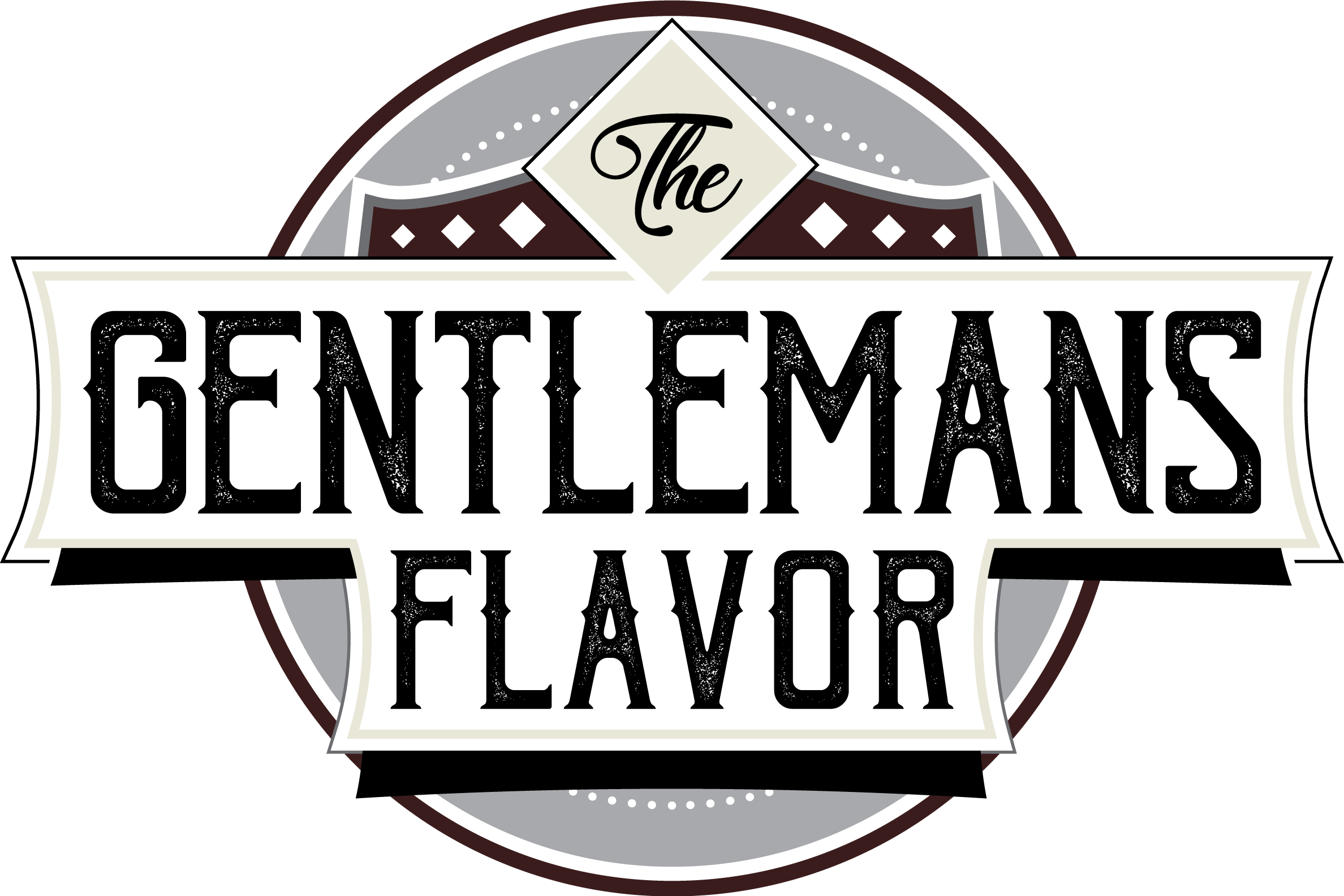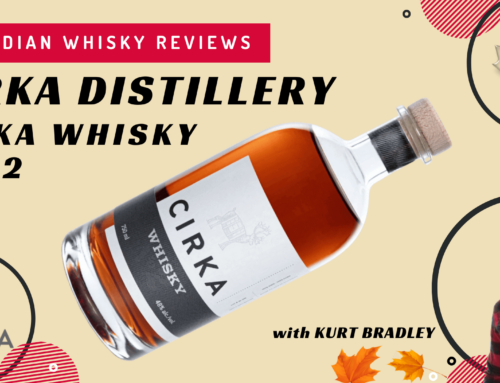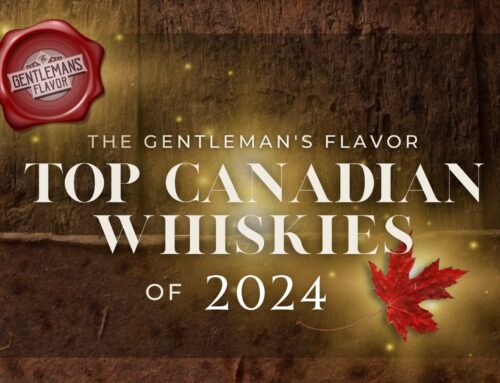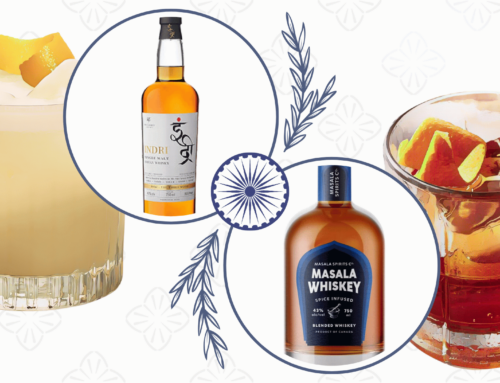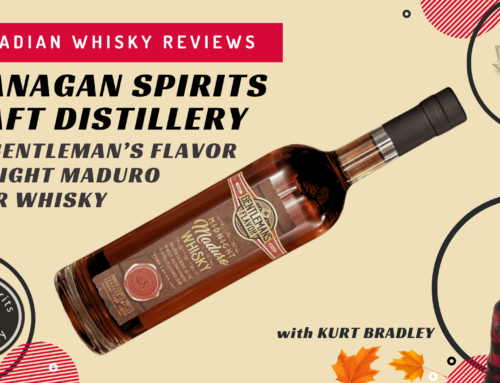The following Five After Five instalment takes a look at the world of cask strength whisky, and, as always, includes 5 expressions that maybe you oughta try out for yourself.
SPORTS ANNOUNCER: “The crowd is eagerly waiting for the third and final attempt. Poised at the edge of their seats, you can cut the tension with a knife. The signal has been given. Here goes the lift – 65. Trying to push the bar over. The crowd is on its feet cheering, roaring. It looks like – I can’t believe it. What a show of strength! Never before in the history of -“
“Hey Whisky, wake up. You were talking in your sleep again.
Whisky – you’re strong enough as it is. Forty percent alcohol by volume is a great start. Anything lower, and we’d have to change your name because we wouldn’t legally allowed to be called you “Whisky”.
However, since we’re on the subject of strength, pour yourself a glass of yourself, Whisky, and we’ll talk a little more about it…”
Cask Strength and Barrel Proof
Some whiskies are indeed bulkier in abv (alcohol by volume)/Proof, although it’s hard to tell from the back. It’s not like the labels on the bottle are even more form fitting. Perusing your favourite whisky sellers, you’ll notice that ‘cask strength’ whiskies usually have an abv between 52% and 66%. Is it carved-in-stone ‘official’ official? Well, the United Kingdom’s Department for Environment, Food & Rural Affairs has a squiggle that reads:
“The alcoholic strength of ‘cask strength’ Scotch Whisky must not be adjusted after maturation.”
So, no added water then, got it. That’s why you’ll see percentages in the abv like say, 57.4, and that could change to 56.5 within the next batch of the same whisky. In the U.S., whether cask strength or barrel proof, as it’s called, it will have this pay-attention clause:
“The spirit’s proof can’t be more than two proof degrees lower than it was when gauged for tax purposes”.
So, if the whiskey is measured at 115 proof in the barrel, it can’t get bottled below 113 proof to be designated ‘barrel proof’.
The point of ‘cask strength’ whisky and ‘barrel proof’ whisky isn’t to relive those spring break in Cancun days. Ok, ok, I’m pretty well certain that the point of ‘cask strength’ whisky and ‘barrel proof’ whisky isn’t to relive those Spring Break in Cancun days…
So, then what’s the point? Well, you’re in control of the experience. With a high abv whisky, you can experiment with adding water to find your sweet spot in how you enjoy a particular whisky. More on that with an upcoming paragraph: How To Scientifically Enjoy Cask Strength Whisky.
So, then what’s the point? Well, you’re in control of the experience. With a high abv whisky, you can experiment with adding water to find your sweet spot in how you enjoy a particular whisky.”
How To Scientifically Enjoy Cask Strength Whisky
Your whisk(e)y has guaiacol.
It’s what I call a Gemini molecule, because it has two sides: one likes to hang out with water and the other not so much.
At an abv in the 40’s, guaiacol hangs around the top letting all those wonderful notes your nose is looking for come right out. However, when the abv increases, the guaiacol gets kicked out and those notes you’re looking for get spread around. Therefore, by adding water to the cask strength whisky, you’re coaxing the guaiacol to get back top and bring all of its tasty friends too.
With a high abv whisky, you can experiment by adding water to find your sweet spot in how you – and only you – want to enjoy that whisky.

Adding water to whisky can unlock new layers of aroma and taste
Cask strength whiskies can pack a solid punch but remember, they’re not trying to bully you.
They’re just trying to give you a different experience. Sure, they may have an edge, but they have a lot of poise and panache, too. Grab your favourite glass and set some time for some whisky reconnoitering.
After all, the more whiskies you explore, the more whiskies you enjoy – in moderation of course; I’m too old for spring break, especially in Cancun.
Five Cask Strength Whiskies

Aberlour A’Bunadh
Speyside, Scotland / 60.9% ABV
Speyside Single Malt Scotch
Gaelic for ‘The Original’ after founder, James Fleming.
Also known as, to paraphrase the Runaways: “It’s your sh-sh-sh-sherry bomb.”

Wild Turkey Rare Breed
Lawrenceburg, Kentucky USA / 58.4% ABV (116.8 Proof)
Straight Kentucky Bourbon.
Sometimes, Wild Turkey gets put in the ‘your dad’s whiskey’ category.
Well, if my dad enjoyed it, he’s pretty damned cool in my books (yours, of course, is too).

J.P. Wiser’s 23 Year Cask Strength Blend
Walkerville, Ontario, Canada / 64.3% ABV
Blended Canadian Whisky.
Southern heat? Nope, this one is Northern heat.
A polite wallop of corn and rye.

Redbreast 12 Year Old Cask Strength
County Cork, Ireland / 57.7% ABV
Single Pot Still Irish Whisky.
Redbreast 12 is elegant and refined. So is the cask strength; however, add an exclamation mark or two.

Kaiyō Mizunara Cask Strength
Osaka, Japan / 53% ABV
Japanese Malt Whisky.
The cool part about this whisky, is that the Mizunara casks leaves Osaka, Japan for a 3-month sea excursion so that this Kaiyō can get exposed to some ocean influences.
And So…
The above isn’t a ‘must-try’ or a ‘must-get’ list. Consider it more of an add-on to yours. Of course, if you’d like to share what your picks are, I’m always up for more exploring.
Cheers.
– Renaud Timson

Renaud Timson resides in Ottawa, Canada and likes to refer to himself as a “whisky enjoyist”. He is a certified Whisky Ambassador, accredited by the Scottish Whisky Association and his wallet has membership cards to The Scotch Malt Whisky Society of Canada, Ontario Whisky Quarterly and The Ottawa Whisky Guild.
On the non-whisky side, he’s a dad of six adult kids: three with two legs and three with four legs. He has some whiskies that are older than his kids.
He can be reached at renaudtimson@gmail.com.
